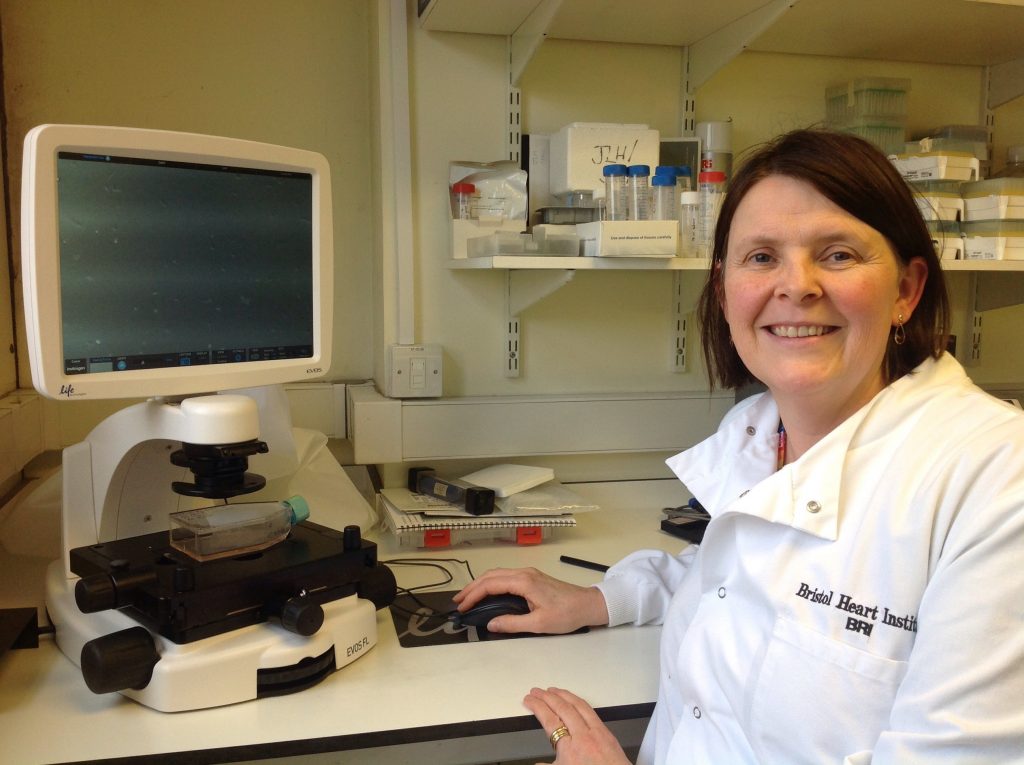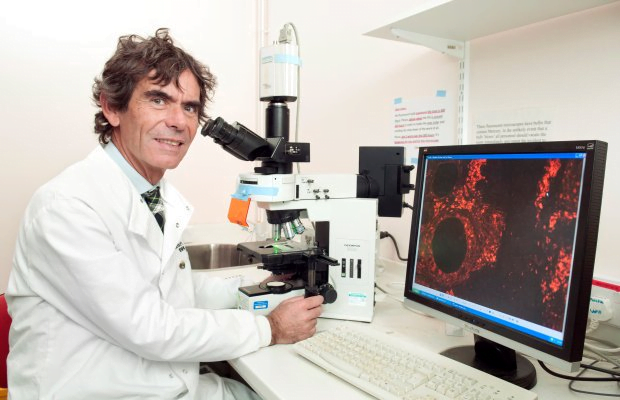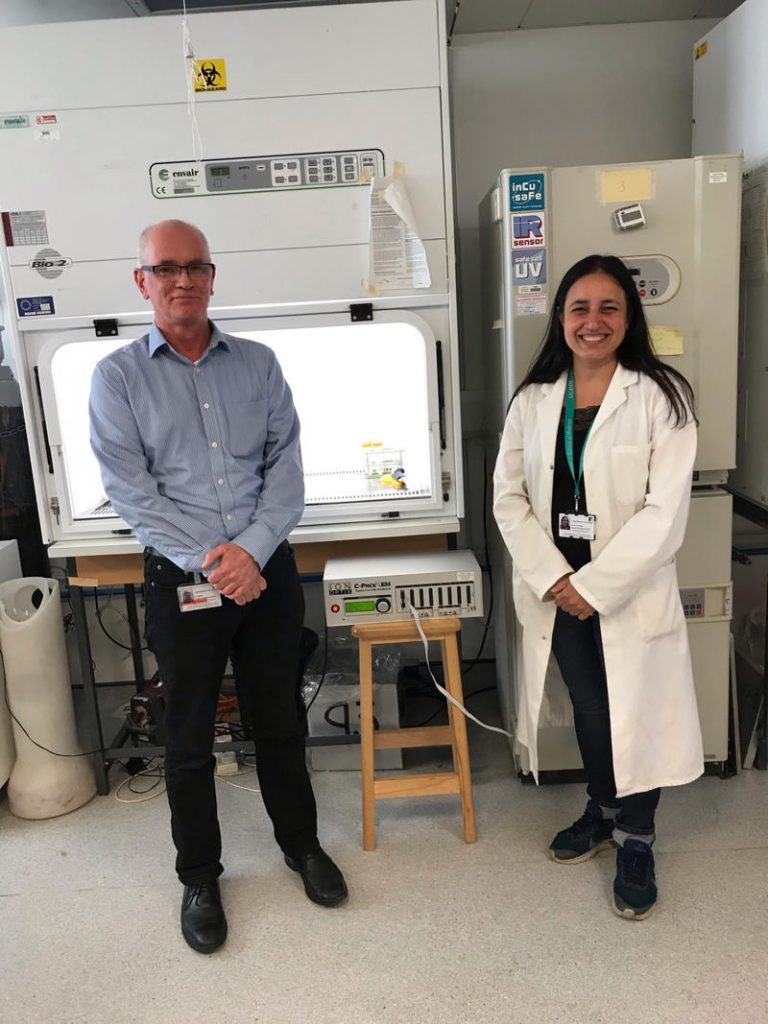Professor Ioakim Spyridopoulos, Newcastle University
£29,980

The coronary arteries supply the heart muscle with oxygen-rich blood and a heart attack is usually caused by the blockage of a coronary artery. This starves the heart muscle of oxygen and the heart may be permanently damaged.
The death rate from heart attacks has significantly fallen over the last decade and more people are surviving heart attacks. This is partly due to advances in treatment, including coronary angioplasty and stent implantation to re-open the blocked coronary artery. However, 20 per cent of patients who undergo this procedure have a higher risk of developing heart failure in the future.
The aim of this project was to develop a blood test to identify high-risk patients using a new technology called ‘droplet digital PCR’. The technology was used to investigate whether tiny molecules, called microRNAs, may be useful as ‘biomarkers’ to predict which patients are at future high risk. Some of these microRNAs are released into the blood stream from damaged heart muscle soon after patients have undergone stent treatment to re-open a blocked coronary artery.
The research team measured blood levels of more than 2,000 microRNAs during the first three hours following stent implantation to treat a heart attack. They found two microRNAs which could predict a bad outcome following a heart attack and which therefore have the potential to act as biomarkers.
Further research in larger number of patients is now needed to assess whether these markers can predict risk and recovery after a heart attack. If successful, this may lead to a blood test to help doctors identify which patients are at higher risk of developing heart failure so that they can be closely monitored and given further treatments.














